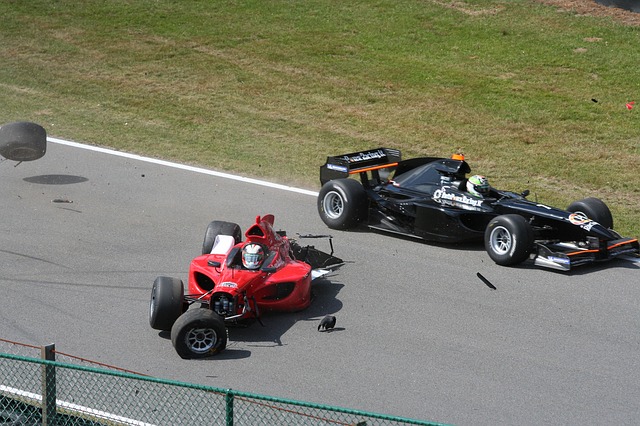By Rupert Hargreaves
Four of the key measures used to determine stress in the high yield market are approaching or at post-crisis lows: dispersion, distress ratios, default rates and spread per turn of leverage that’s according to Bank of America Merrill Lynch’s regular High Yield Global Strategy research report.
The report, which was published on Wednesday this week, notes that the current high yield environment is one of the most favorable since the financial crisis. And while some investors may interpret this as good news, the report speculates that a skeptic may see these developments as “the peak of the market with little upside left.”
High yield is showing strength of across four key market indicators: dispersion, distress ratios, default rates and spread per turn of leverage.

MichelAelbrecht / Pixabay
BoA: Expect A High Yield Sell-Off Before Summer
Per Bank of America’s research, after sorting the bank’s index of high yield bonds from the widest spread to the tightest spread today, 50% of the market trades at an average of 560 basis points, and 50% of the market trades at an average of just 224bps. This compares with last year, where at its peak the widest 50% of names traded at an average spread of 1,208bps compared to 343bps for the tightest 50% of names.
The issuer-weighted high yield distress ratio has also collapsed as spreads have come in. Back in February of last year, thanks to the energy collapse, the high yield distress ratio reached a cycle high of 36.3%. Today, on the other hand, the overall high yield distress ratio is just 8.6%, and only 6 out of 18 sectors have more than 10% of names trading above 1000bps. This is the, “lowest reading since the fall of 2014 when HY spreads were near their post-crisis tights, and just 7.3% of all US HY names had an issue trading above 1,000bps.” Today the number of energy names trading at distressed levels is just 9.6%.














Leave A Comment